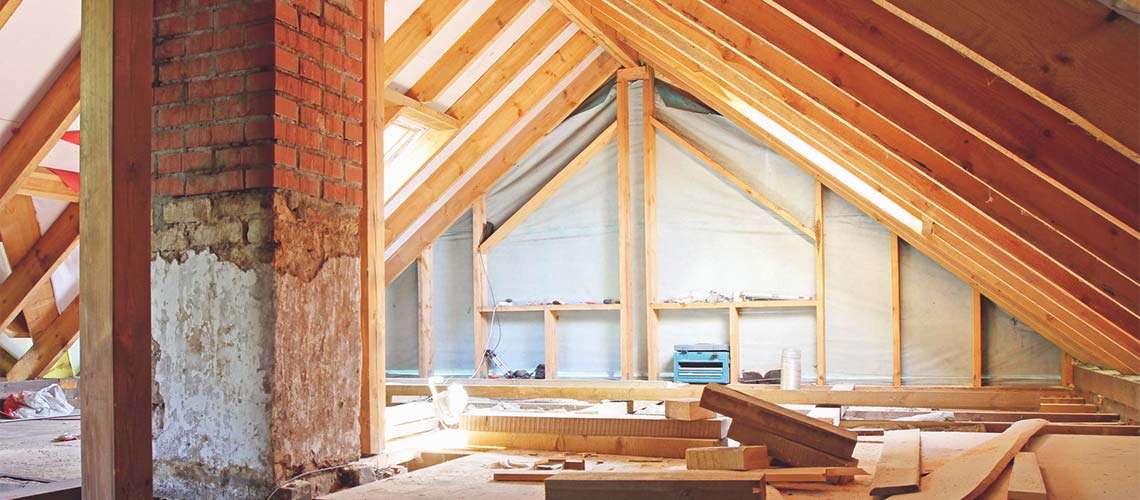As mortgage professionals, we want to be able to say, “Yes, I have the perfect program for your scenario,” every time we pick up the phone and talk to a borrower about their home buying or refinancing plans. While of course it’s not possible to help everyone, adding additional programs to your offerings is a great way to be able to say yes more often. Doing so will allow you to build your pipeline, add value, and gain customers for life in the process.
The extreme popularity of the HGTV show, “Fixer Upper,” (where a young couple transforms dilapidated old houses into dream homes for home buyers) is evidence that many find the idea of giving new life to a home in disrepair extremely attractive. The show’s second season attracted more than 24 million viewers!
Another factor driving this trend towards buying homes that need work is low inventory. According to the National Association of REALTORS® 2015 Profile of Home Buyers and Sellers, “buyers continue to report the most difficult task for them in the home buying process is simply finding the right home to purchase.”
So how can the FHA Standard 203(k) Rehabilitation Mortgage help both you and your borrowers? This specialty FHA program allows buyers to finance both the purchase of the home and the cost of repairs in one mortgage.
The Basics
The FHA Standard 203(k) Rehabilitation Mortgage is used to finance both the purchase and work done on homes in need of extensive renovation and/or structural repairs.
- Total renovation costs must be at least $5000.
- Use of a 203(k) consultant, an expert involved throughout the process including estimating the cost of repairs and inspecting the work performed, is required.
- Eligible properties include 1-2 unit primary residences, manufactured homes, FHA approved condominiums, site condominiums, PUDs and HUD REOs.
- The property must be an existing property that has been completed for at least one year prior to the case number assignment date.
- The appraisal report must provide an “as completed” appraised value that estimates the value of the property after completion of the renovation work.
- Work must begin within 30 days of the execution of the Agreement and completed within the time period dictated by the Agreement – this can be no longer than six months.
Benefits To The Buyer
- Complete the rehabilitation quickly
Buyers may love the idea of a renovating a distressed property…this does not mean they want to live in a construction zone for the next five years. This is often the reality for owner financed rehabs, where projects are tackled one by one or room by room over time as money is available. With a 203(k) Rehabilitation Mortgage, the funds are at the ready to cover the extent of the repairs. Share with your borrowers that they could be enjoying life in the home they dream of in weeks or months rather than years with this option. - Live elsewhere until the work is complete
The renovation funds can include enough to cover the cost of alternate housing for up to six months. Anyone who has shared their home with scores of contractors or washed dishes in the bathroom sink for several weeks will immediately understand what a beneficial feature this is! - Refinance options available
Not strictly a purchase program, the FHA Standard 203(k) Rehabilitation Mortgage can be an excellent solution for homeowners looking to finance major improvements to an existing property. - Save a purchase deal
If during the course of a purchase transaction an appraisal shows the need for unexpected significant and/or structural repairs, switching loan programs to a Standard 203(k) could allow the borrower to purchase a home they love.
Photography by [ronstik] © 123RF.com
Subscribe To Our Newsletter
Sign up with your email address to receive news and updates.



